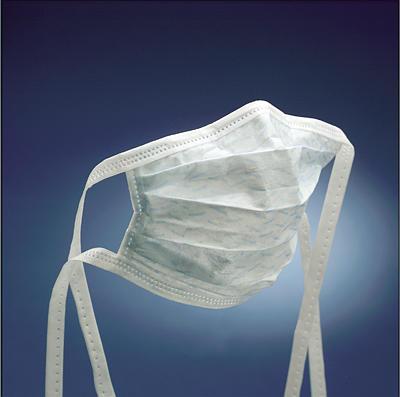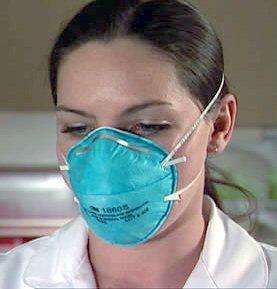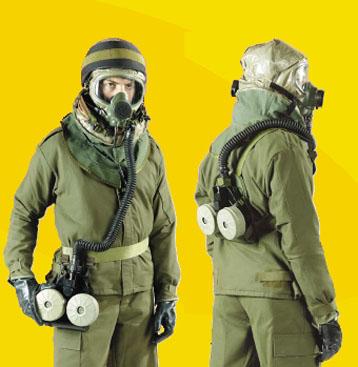As someone who has been doing filtration research for many years (and since the respirator manufacturers like citing one of my papers), I feel qualified to comment on this. Also since I recently attended a conference where the head of respirator research at 3m discussed this very issue...
Some important points:
(1) Surgical type MASKS do NOTHING. They are designed to stop doctors infecting their patients. They are only effective at catching large diameter droplets leaving the mouth of the wearer. Surgical masks do not seal and have no legislated filtration efficiency requirements.
This is a surgical mask:
This is also a surgical mask:
Both of the above offer no protection against you inhaling (viable) virons.
(2) RESPIRATORS give you some protection, but only if they SEAL AGAINST YOUR FACE PROPERLY. Respirators are designed to protect the wearer from inhaling particles/droplets (unlike surgical masks). The highest class of disposable particulate respirators, are P1 (Aust.) = N95 (US).
Notice that they have 2 STRAPS, and they are clearly marked with their rating (P1/N95, etc), and the standards they conform to.
NB: If you have facial hair (or even 3-day stubble), the respirator fit will be compromised and its efficiency will be severely reduced - often rendering it next to worthless.
After a period of time (hours-days) depending on conditions, the respirator will have collected enough "liquid" droplets/moisture that it will begin GENERATING small droplets as well as collecting them.
SO - the message is:
Unless you are wearing a P1/N95 respirator, it probably isn't worth bothering
If you have facial hair, it probably isn't worth bothering.
A leading US epidemiologist thinks that anyone diagnosed/infected with swine flu should be forced to wear a respirator, to limit their potential to cause infection. Which is actually quite a good idea.





 Reply With Quote
Reply With Quote








Bookmarks